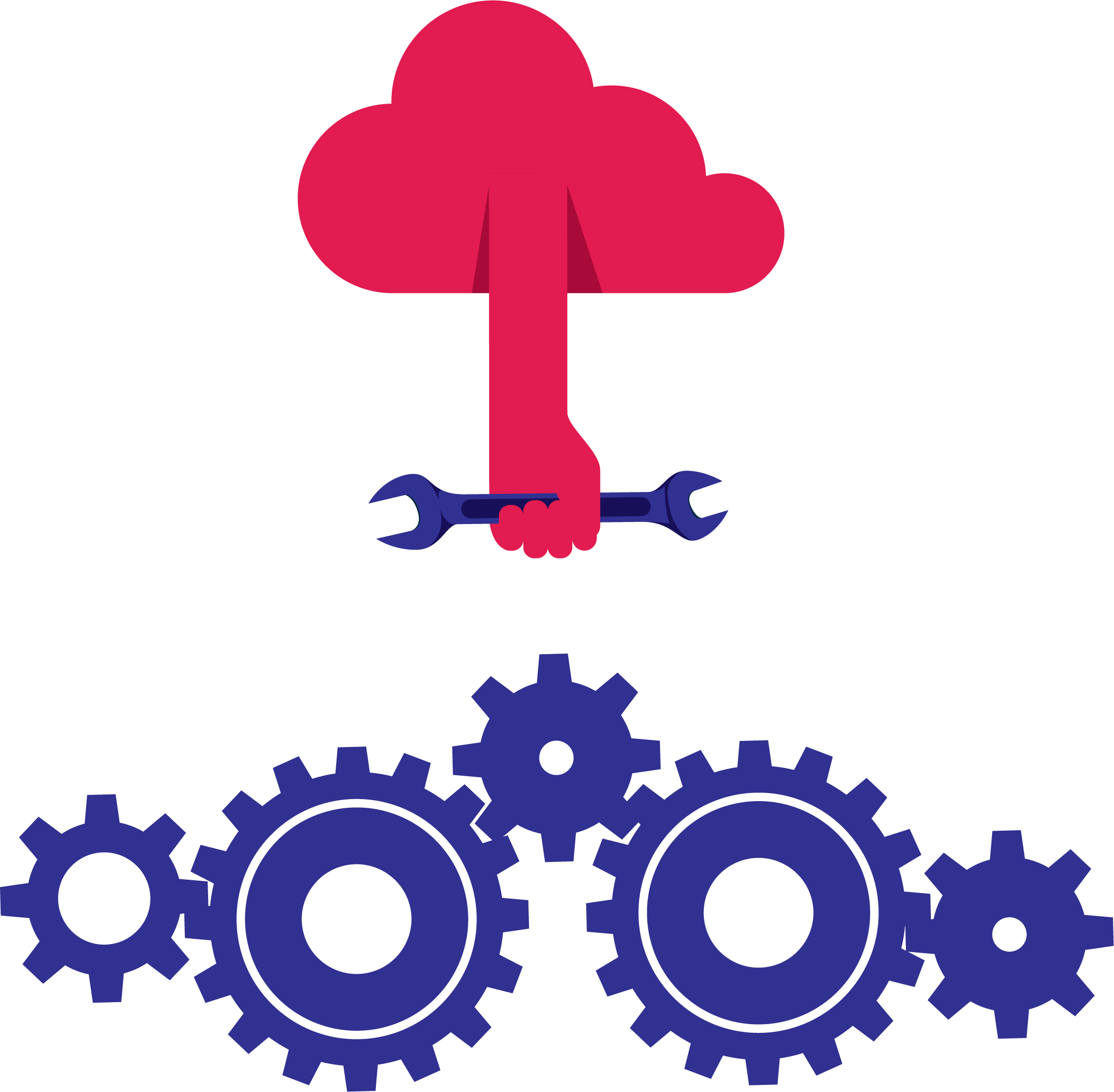Prefer to watch rather than read?
Dive into the complete interview with Thomas D’Hoe, Chief Operating Officer at Premium Plus, by simply watching the video.
Q: How do you define Employee Services (ES), and why is it crucial for a COO?
Thomas: For me, employee experience has to be as relevant as customer experience—employees are our internal customers. As companies grow, particularly larger ones, they increasingly invest in EX or employee services. It’s about giving employees the right tools and services so they can thrive. This can encompass IT, facilities, and other shared services that ensure employees have what they need, when they need it, delivered seamlessly. In a well-oiled operation, these services enable employees to focus on their roles without unnecessary friction, which in turn boosts overall company performance.
“Employees are customers too. Giving them the tools and support they need is just as important as serving your external customers.”
Q: How can businesses use Zendesk to enhance their employee services?
Thomas: Zendesk is great at making operations more efficient. For example, it helps automate and manage incoming employee requests, ensuring nothing slips through the cracks. With its centralised system, different departments like HR, IT, or facilities can collaborate more effectively, preventing too different approaches that we see in many businesses. It also provides insights into ticket histories, enabling us to learn from past issues, and proactively address them in the future.
Zendesk’s reporting and analytics capabilities, like Zendesk Explore, allow us to track long-standing tickets and employee satisfaction, helping us continuously improve. With a flexible portal and self-service options, employees can find answers to FAQs or track the progress of their requests, all from one place.
Q: What are the common operational challenges you see with EX, and how does Zendesk help?
Thomas: The biggest challenge is often the lack of a centralised service. In many companies, departments work in isolation, with different managers, processes, and even communication styles. A unified helpdesk using Zendesk solves this by giving employees a single point of contact for all their requests. This standardisation improves efficiency and ensures consistent service levels.
Another challenge is visibility. Many companies don’t have the data to see how they’re performing. With Zendesk, we can track key metrics and set KPIs to identify gaps or potential risks. It’s not just about reactive problem-solving but also becoming more proactive, flexible, and efficient.
Q: You mentioned facilities services earlier. How does Zendesk support operations in that area?
Thomas: Facilities are often overlooked in discussions about EX, but they play a critical role. Employees need to be able to report issues, whether it’s a broken printer or a maintenance request, and they want these issues addressed quickly. With Zendesk, employees can submit tickets via email or messaging, even outside of business hours, thanks to AI-driven bots. This ensures that no matter when or where the issue arises, there’s a system in place to respond and resolve it promptly.
Q: Speaking of AI, what are the main benefits of using AI in employee services?
Thomas: AI is a game-changer for employee services. First, it helps automate repetitive tasks and triage tickets, so human agents can focus on more complex issues. AI can also provide 24/7 support through chatbots, which improves employee satisfaction. Imagine an employee needing help at 2 AM—AI can respond instantly with solutions from the knowledge base, without the need for human intervention.
AI also enhances data analysis, providing insights into how employees interact with the system, and where improvements can be made. And on the agent side, features like Zendesk’s AI-powered “Co-Pilot” help agents respond faster by surfacing relevant past tickets or suggesting knowledge articles.
“A central helpdesk powered by Zendesk ensures that employees have one place to go for their requests, cutting down on confusion and improving service quality.”
Q: What advice would you give companies looking to implement Zendesk for EX?
Thomas: Start small and scale from there. Often, one department—say IT—adopts Zendesk, and once other departments see how smoothly things run, they want to jump on board. But the key is alignment. All stakeholders must agree on the approach to avoid disjointed processes.
Also, documentation is crucial, especially for larger enterprises. Many companies struggle with creating a knowledge base, but it’s worth the effort. AI can help here too, by suggesting articles and identifying gaps in your knowledge base. And lastly, trust the system. Zendesk is built to help you stay on top of things and continuously improve—lean into that.
Q: How can a partner like Premium Plus help companies overcome these challenges?
Thomas: One of the biggest advantages of working with a partner like Premium Plus is that we bring experience and best practices to the table. We’ve implemented Zendesk for employee services across different industries, so we know what works and what doesn’t. We help businesses configure Zendesk correctly from the start, ensuring it’s set up in a way that meets their needs.
Our role doesn’t stop at the initial setup. We work alongside teams, offering training and ongoing support to make sure everyone—from admins to agents—feels confident using the system. We also review performance regularly, suggesting improvements and new features as the business evolves.
By partnering with us, companies get the most out of Zendesk without having to go through a steep learning curve. We ensure everything is implemented smoothly and that the tool becomes an asset, not a challenge.
At Premium Plus, we’ve seen firsthand how Zendesk, combined with a strategic approach, can transform not just customer support but also employee services. As businesses in EMEA continue to recognise the importance of EX, tools like Zendesk will be instrumental in creating efficient, happy workplaces. And as Thomas D’Hoe puts it, “Employees are customers too.” Ensuring they have the services they need, delivered with care and efficiency, is key to a company’s success.














